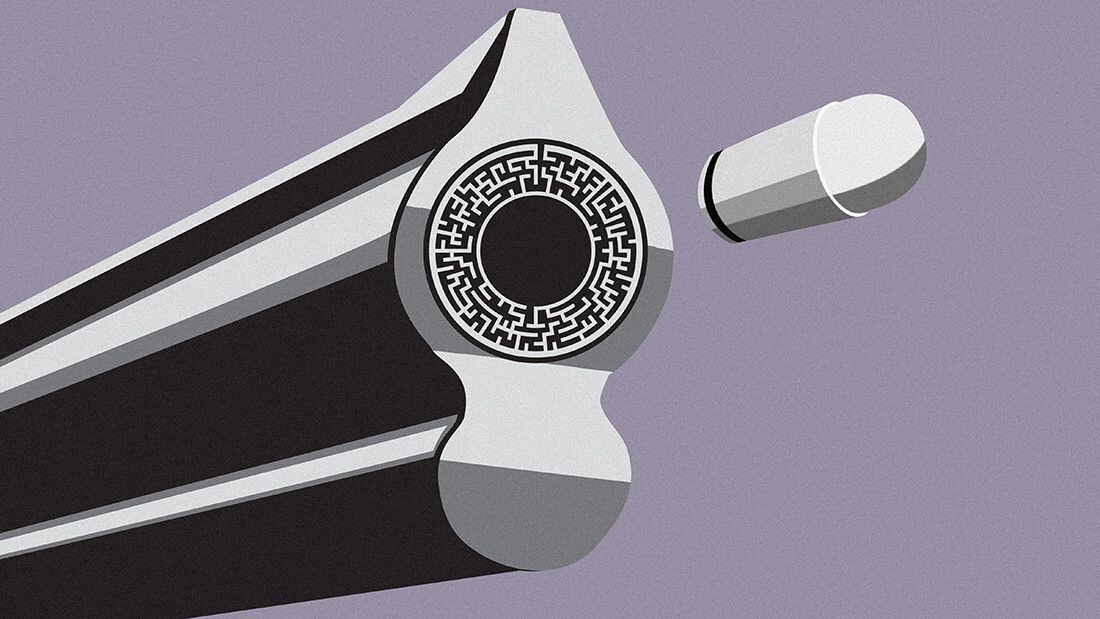I saw some misguided liberal discussion of this a few years ago. A 12ga slug, belted magnums, even a +p 45 Colt would fall to this failed logic being spun by anti gun pundents


What we keep getting wrong about gun regulation
Ryan Sanders: In our debate about gun control, we’re talking past each other, partly because we aren’t using the same language for firearms. I offer a primer...
www.dallasnews.com














